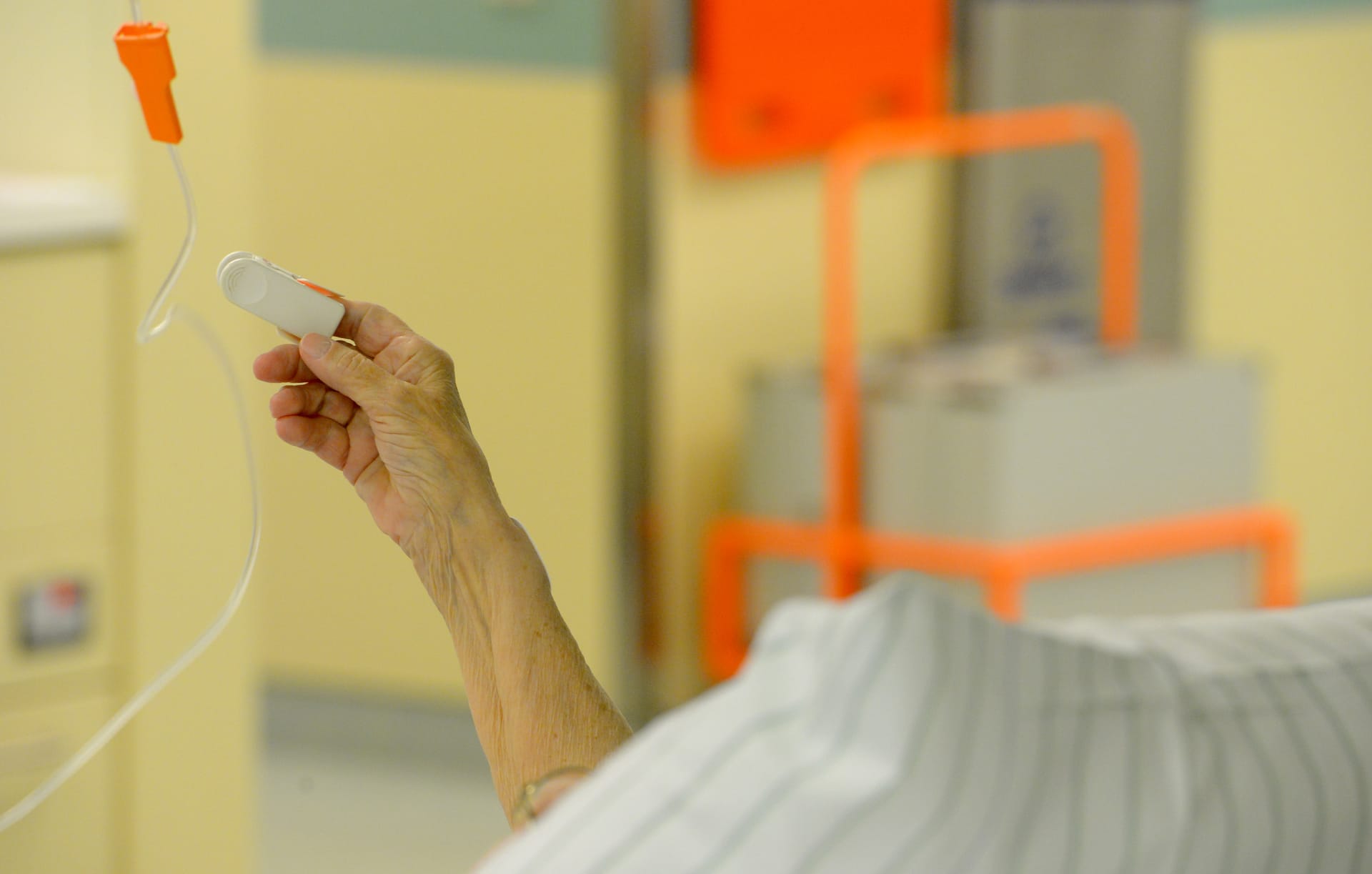دبي، الإمارات العربية المتحدة (CNN) -- كشفت دراسة جديدة أن نظامك الغذائي قد يكون له تأثير أكبر مما تعتقد، على خطر إصابتك بمرض السرطان.
وقد نسبت دراسة نُشرت في مجلة المعهد الوطني للسرطان "JNCI" إصابة 80 ألف و110 أشخاص بمرض السرطان، في الولايات المتحدة في عام 2015 بين البالغين (20 عاماً وما فوق)، ويُعزى ذلك ببساطة إلى تناول النظام الغذائي غير الصحي.
وتقول الدكتورة فانغ فانغ تشانغ، عالمة تغذية وأوبئة سرطانية في جامعة "تافتس" في بوسطن، والمؤلفة الرئيسية للدراسة: "هذا ما يعادل نسبة 5.2٪ من جميع حالات السرطان التي شُخصت بين البالغين في الولايات المتحدة في عام 2015، وهذه النسبة مماثلة لنسبة السرطان، نتيجة شرب الكحول."
وقام الباحثون بتقييم 7 عوامل غذائية: تناول كميات قليلة من الخضار، والفاكهة، والحبوب الكاملة، ومنتجات الألبان، وكميات كبيرة من اللحوم المصنعة، واللحوم الحمراء، والمشروبات السكرية، مثل الصودا.
وارتبط انخفاض استهلاك الحبوب الكاملة بأحد العوامل المسببة للسرطان في الولايات المتحدة، يليه تناول كميات قليلة من الألبان، وتناول كميات كبيرة من اللحوم المصنعة، وتناول كميات قليلة من الخضار والفاكهة، وتناول كميات كبيرة من اللحوم الحمراء، وتناول كميات كبيرة من المشروبات المحلاة بالسكر، بحسب تشانغ.
وتقول تشانغ إن "الدراسات السابقة تقدم دليلاً قوياً على أن الاستهلاك المرتفع للحوم المصنعة، وانخفاض استهلاك الحبوب الكاملة، يزيد من خطر الاصابة بسرطان القولون والمستقيم، ومع ذلك، حددت دراستنا عدد ونسبة الحالات السرطانية الجديدة، التي كانت نتيجة لسوء التغذية على المستوى الوطني."
ووجد الباحثون أن سرطانات القولون والمستقيم لديها أعلى نسبة بين الحالات المتعلقة بالنظام الغذائي، بحوالي 38.3٪. وقد ساهم انخفاض استهلاك الحبوب الكاملة، ومنتجات الألبان، وتناول الكثير من اللحوم المصنعة في زيادة نسبة السرطان.
وواجهت الدراسة بعض القيود، بما في ذلك أن البيانات لا يمكن أن تظهر كيفية تغير الارتباط بين النظام الغذائي ومخاطر السرطان، مع تقدم العمر.
وفي هذا السياق، قالت تشانغ: "النظام الغذائي هو من بين عوامل الخطر القليلة القابلة للتعديل للوقاية من السرطان، وبحسب النتائج يجب الحد من نسبة السرطان في الولايات المتحدة، من خلال تحسين تناول المواد الغذائية الرئيسية."
وتحتل الأطعمة فائقة المعالجة جزءاً متزايداً من النظام الغذائي العالمي. وقد وجدت دراسة أجريت عام 2016 أن 60٪ من السعرات الحرارية في النظام الغذائي الأمريكي، تأتي من هذا النوع من الطعام، وفي عام 2017 وجدت دراسة أخرى بأنها تشكل نصف النظام الغذائي الكندي. كما أنها تشكل أكثر من 50 ٪ من النظام الغذائي في المملكة المتحدة، والكثير من دول العالم النامي، بدأ في تناول هذه الأنواع من الأطعمة.
ورغم ذلك، يمكنك أن تحمي نفسك من السرطان عن طريق تجنب الأطعمة فائقة المعالجة، واختيار الأطعمة العضوية بدلاً من ذلك.
وفي هذا الخصوص، أفادت دراسة نشرت العام الماضي في مجلة "جاما" الطبية أن الأشخاص الذين يتناولون الأطعمة العضوية بشكل متكرر، قللوا من خطر الإصابة بالسرطان بشكل عام. وعلى وجه التحديد، أولئك الذين اعتمدوا بشكل أساسي على هذه الأطعمة كانوا أقل عرضة للإصابة بسرطان الغدد اللمفاوية، وسرطان الثدي، من أولئك الذين نادراً ما تناولوا الأطعمة العضوية.
بالإضافة إلى ذلك، وفقاً لدراسة نُشرت في المجلة ذاتها في فبراير/شباط، فإننا نواجه خطراً أكبر للوفاة المبكرة بنسبة 14٪ مع كل زيادة بنسبة 10٪ في كمية الأطعمة فائقة المعالجة التي نتناولها.
لماذا يتناول الناس الكثير من هذه الأطعمة المصنعة؟
وأوضحت نورجول فيتزجيرالد، أستاذة مشاركة في قسم علوم التغذية بجامعة روتجرز، في وقت سابق من هذا العام: "نحن نعيش في عالم سريع، والناس يبحثون عن حلول ملائمة. وقتنا دائما ضيق، فالناس يبحثون عن حلول سريعة، أو وجبة سريعة الصنع."
وعند اختيار الطعام، يُعد المذاق العامل الأول بالنسبة لمعظم المستهلكين، ولكن السعر والراحة من العوامل المهمة أيضاً، ومع الأطعمة فائقة المعالجة، فإن عامل الراحة ربما يكون على رأس القائمة."
